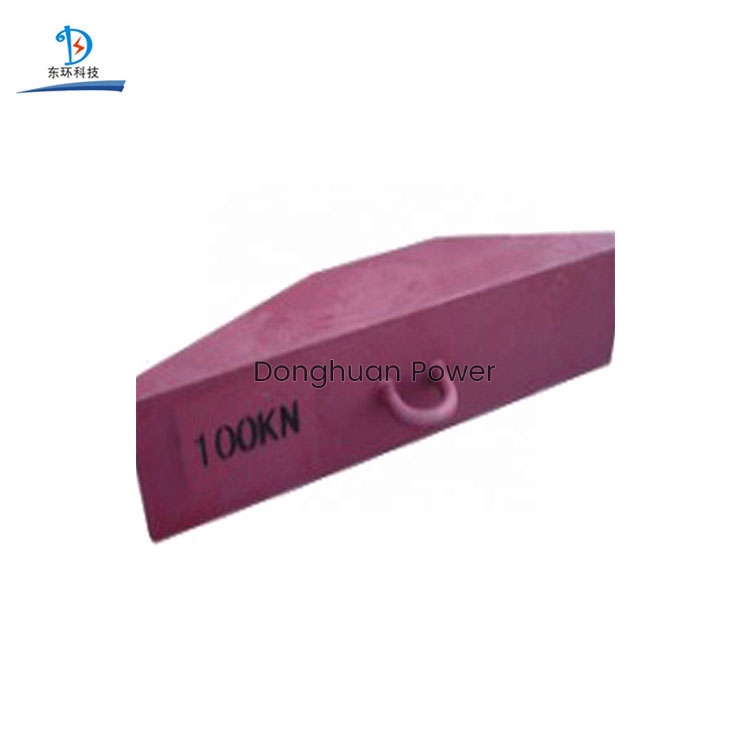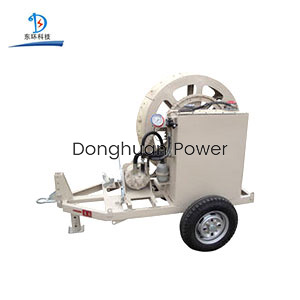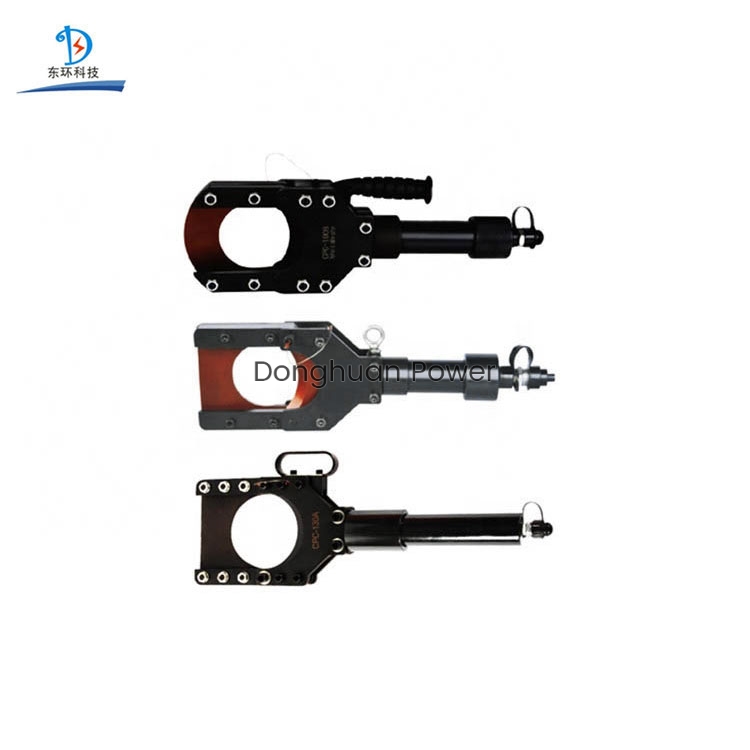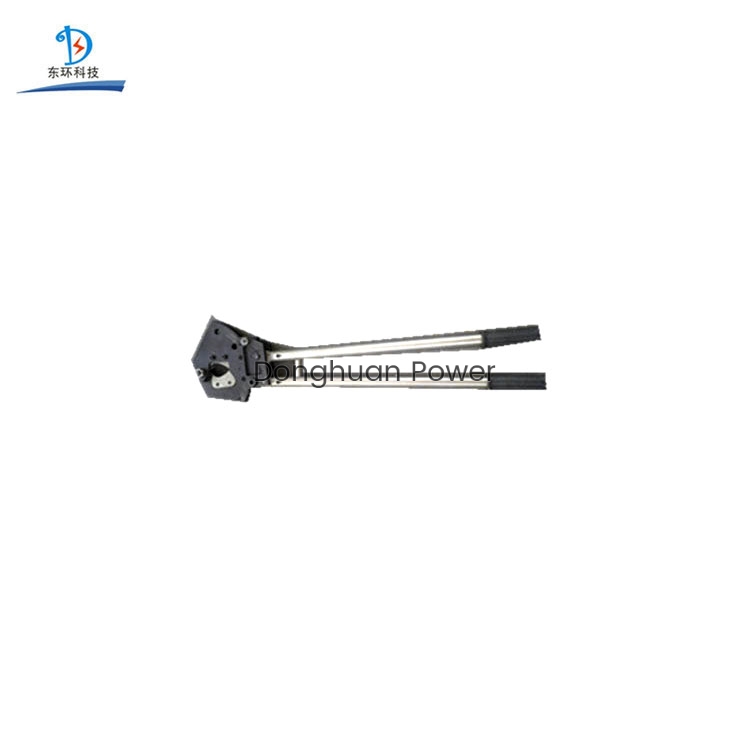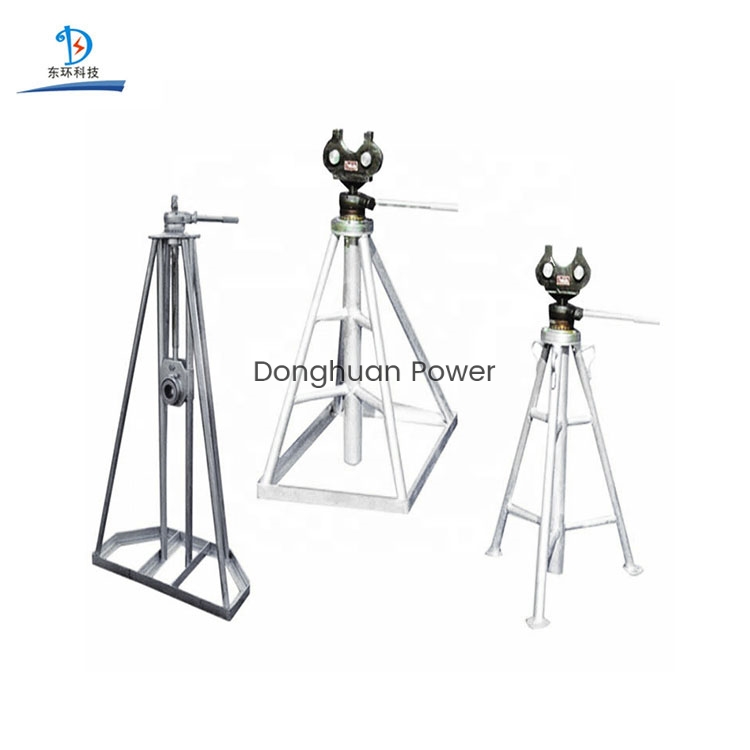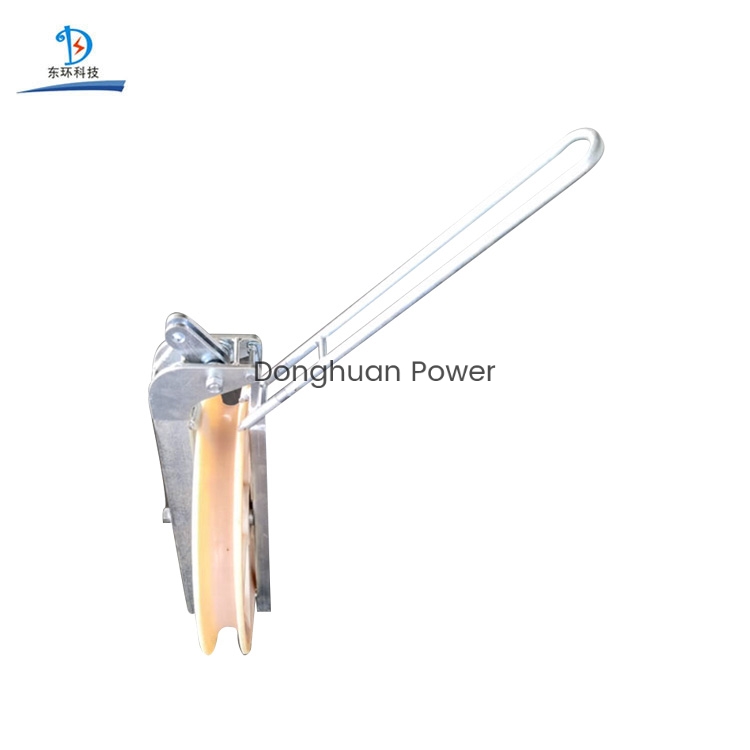Cable laying refers to the process of laying and installing cables along the surveyed route to form a cable line. According to the application, it can be divided into overhead, underground (pipeline and direct buried), underwater, wall and tunnel laying methods.
To ensure the safety and reliability of long-distance communication cables, they generally adopt direct-buried laying methods. In order to ensure the safety and reliability of communication, convenient installation and replacement, and beautiful appearance of the city's backbone cables (relay and user backbone cables), pipe laying methods are generally adopted. The wiring cables in the city can be laid overhead or on the wall.
Wholesale Stringing Blocks Manufacturers

Precautions:
1. Cable laying and installation should be carried out by qualified professional units or professionals. Construction and installation that do not meet the requirements of relevant regulations may cause the cable system to fail to operate normally.
2. When laying cables by manpower, the command and control rhythm should be unified. Every 1.5 to 3 meters, one person carries the cables on their shoulders, pulls them while laying them, and releases them slowly.
3. When applying cables mechanically, a special cable laying machine is generally used and necessary traction tools are used. The traction force is appropriate and evenly controlled to avoid damage to the cable.
4. Before laying the cable, check the appearance of the cable and whether the seal is intact. Pay attention to the direction of rotation of the cable reel when laying. Do not squash or scratch the outer sheath of the cable. Do not straighten the cable by beating it at low temperatures in winter. , So as not to crack the insulation and sheath.
5. Before and after cable laying and installation, use a 1000V megohmmeter to measure whether the insulation resistance between the conductors of the cable is normal, and make appropriate corrections to the measurement results according to the difference in cable model specifications, length and ambient temperature. Small specifications (below 10mm2) (Solid conductor) cable should also measure whether the conductor is on or off.
6. If cables are buried directly, pay attention to soil conditions. Generally, the buried depth of cables under buildings is not less than 0.3 meters, and the surrounding environment is relatively soft, such as cultivated land, construction sites or roads. Buried depth (0.7 to 1 meter) to prevent accidental damage to directly buried cables, and obvious signs should be erected when necessary.

 English
English Spanish
Spanish +86-574-88852221
+86-574-88852221

